Birding In NYC Explore Birding In:
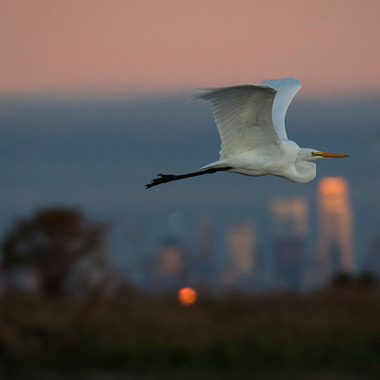
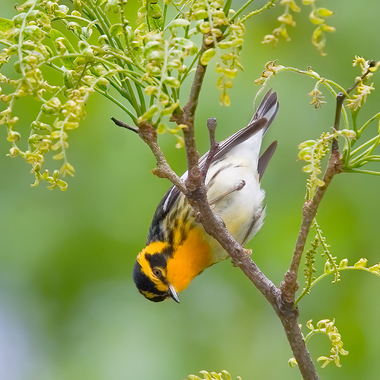
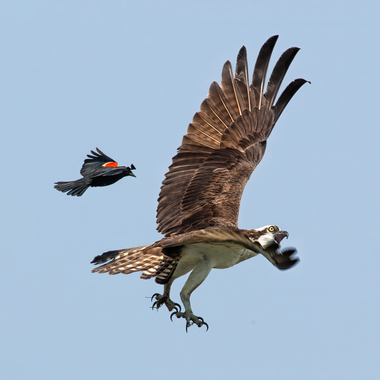
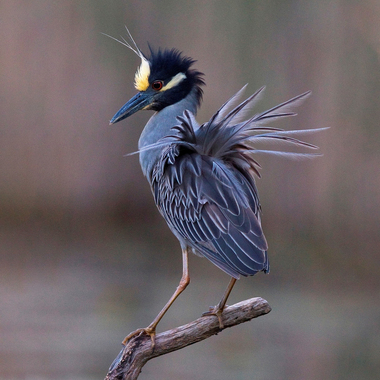



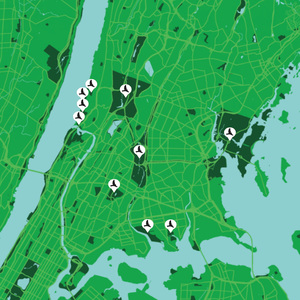
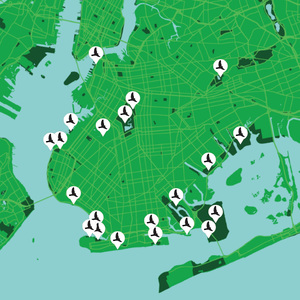
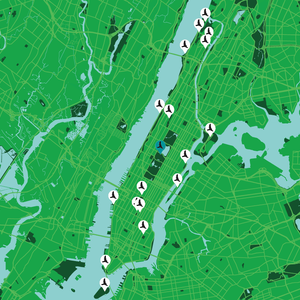
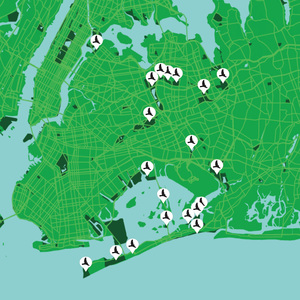
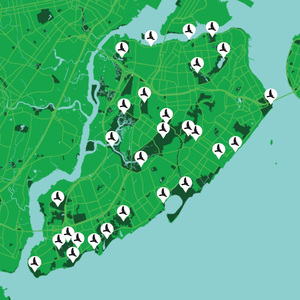
Check out nearby national or state parks. Some are less ideal for birding, because they were set up for appreciating features (geologic formations, historic buildings, the Statue of Liberty) rather than wildlife. But you’ll find interesting birds in most parks and open spaces. The National Park Service has an excellent map to help plan your adventure, and you can pinpoint state parks on the America’s State Parks website.
For sheer information on where to find birds, nothing beats eBird. Since its launch in 2002 by the Cornell Lab of Ornithology and Audubon, its quickly become one of the world’s largest citizen science projects, and is now used by hundreds of thousands of birders who enter their sightings into a single database. You don’t need an account to access eBird’s wonders. Just go to eBird.org, click on “Explore Data,” and choose how you’d like to view the information. The “Explore a Region” option will show you which bird species have been seen in any country, state, or county; “Explore Hotspots” displays an interactive map of specific locations. Better yet, sign in and add your own sightings. It’s free and slightly addicting.
Find out which national wildlife refuges are close by and go exploring. There are about 560 national refuges in the United States, covering more than 150 million acres, most of which is prime bird habitat. Use the U.S. Fish & Wildlife Service locator map to find your nearest refuge.
With BirdLife International and Audubon’s massive conservation initiative, the Important Bird Areas program, you can find fantastic birding spots and contribute to their protection. The world’s most significant bird habitats are reflected in the state, continental, and global priority categories of each IBA, which is of particular importance for one or more bird species. For information and schedules regarding bird walks in IBAs, get in touch with your local Audubon chapter. Visit Audubon’s IBA webpage to view a map and learn more about this program.
Your backyard is the ideal place to start looking, even if it’s a small one. Native flower beds and gardens draw a variety of species; installing a feeder will help bring the celebration to you. It’s time to start looking through the rest of your neighborhood after you’ve gotten to know your yard birds. What green space or body of water would do, a city park, a small pond, or an open field nearby? As you explore, keep looking up. Many birds enjoy perching outdoors, and power lines are a perennial favorite.
FAQ
Where can I see lots of birds?
Where is the best place to find birds?
Where are birds mostly found?
Where can you find most birds?
|
Rank
|
Country / region
|
Bird species count
|
|
1
|
Colombia
|
1917
|
|
2
|
Peru
|
1892
|
|
3
|
Brazil
|
1864
|
|
4
|
Indonesia
|
1791
|